How is methane used from waste stored at the Waste Treatment Utility in Gdańsk? How does the degassing system work? How much gas can be obtained this way? This is what the partners of the Liquid Energy project found out during a site visit on May 17 as part of a study project visit.
At the request of the Metropolitan Area Gdańsk-Gdynia-Sopot , one of the partners of the Liquid Energy project, experts are conducting an analysis for Waste Treatment Utility in Gdańsk. Its aim is to investigate the possibility of using liquefied gas (LNG) and biogas (bioLNG) as a source of waste for fuel production.
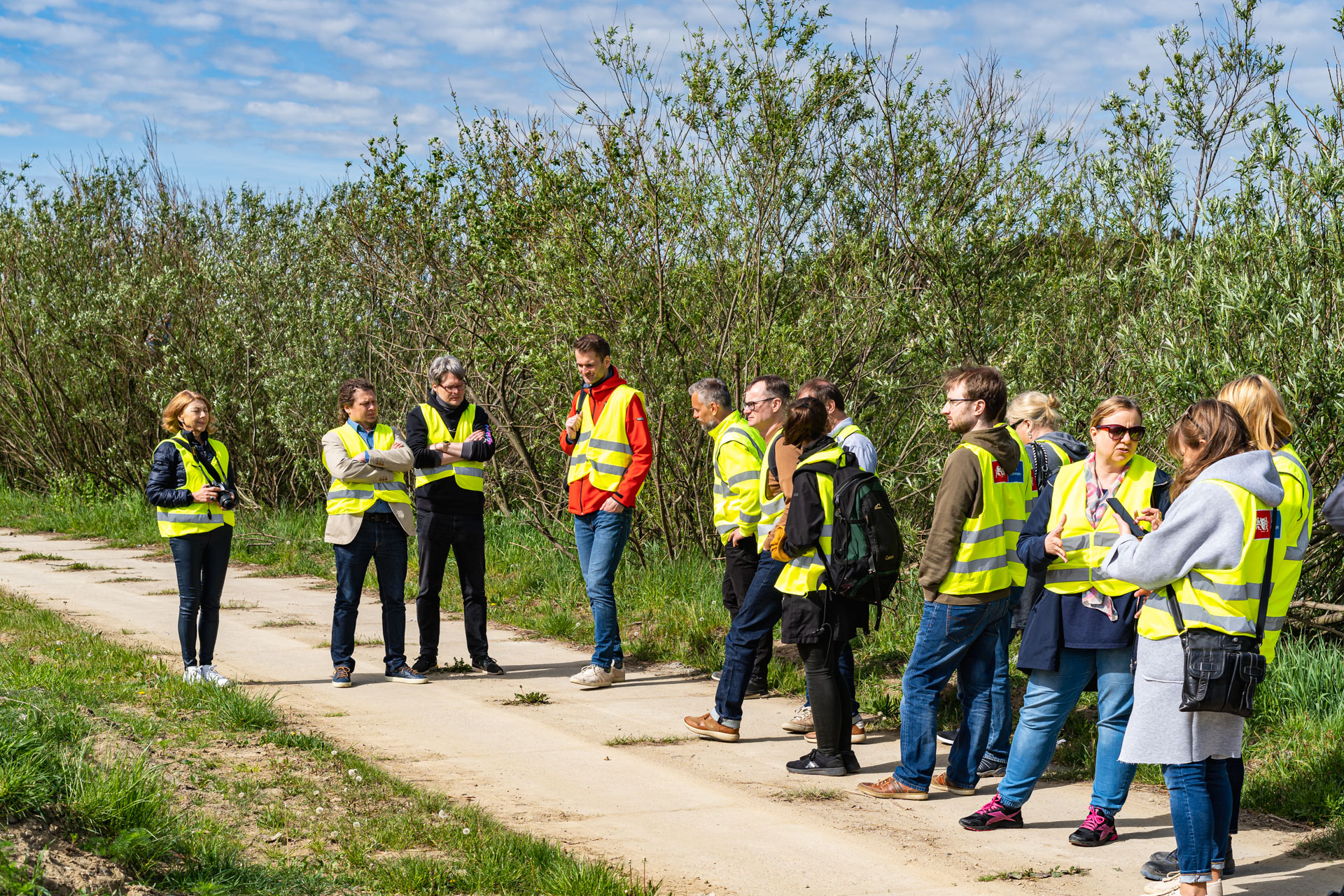
The photo shows the partners of the Liquid Energy project from Poland, Lithuania and Estonia during a visit to the Waste Treatment Utility Gdańsk. They are guided by their president, Grzegorz Orzeszko, who presents the degassing system of a landfill.
During the visit to the Waste Treatment Utility in Gdańsk, the partners of the Liquid Energy project saw the degassing system of the landfill. President Grzegorz Orzeszko talked about the operation of this complicated system.
– We have over 300 wells that are connected to 13 collection stations – said the president. – The stations are connected by collectors to one suction pipe. This is one great system of communicating vessels. Changing the parameters of one part requires adjusting the others. This system is installed on an area of over 20 hectares. It’s miles of pipeline. The amount of gas produced is variable, depending on the “life” stage of a given landfill quarters. Metagenic processes change depending on the waste storage period. At the moment, we are able to recover a maximum of 700-800 cubic meters per hour of gas with a methane content of 55 percent.
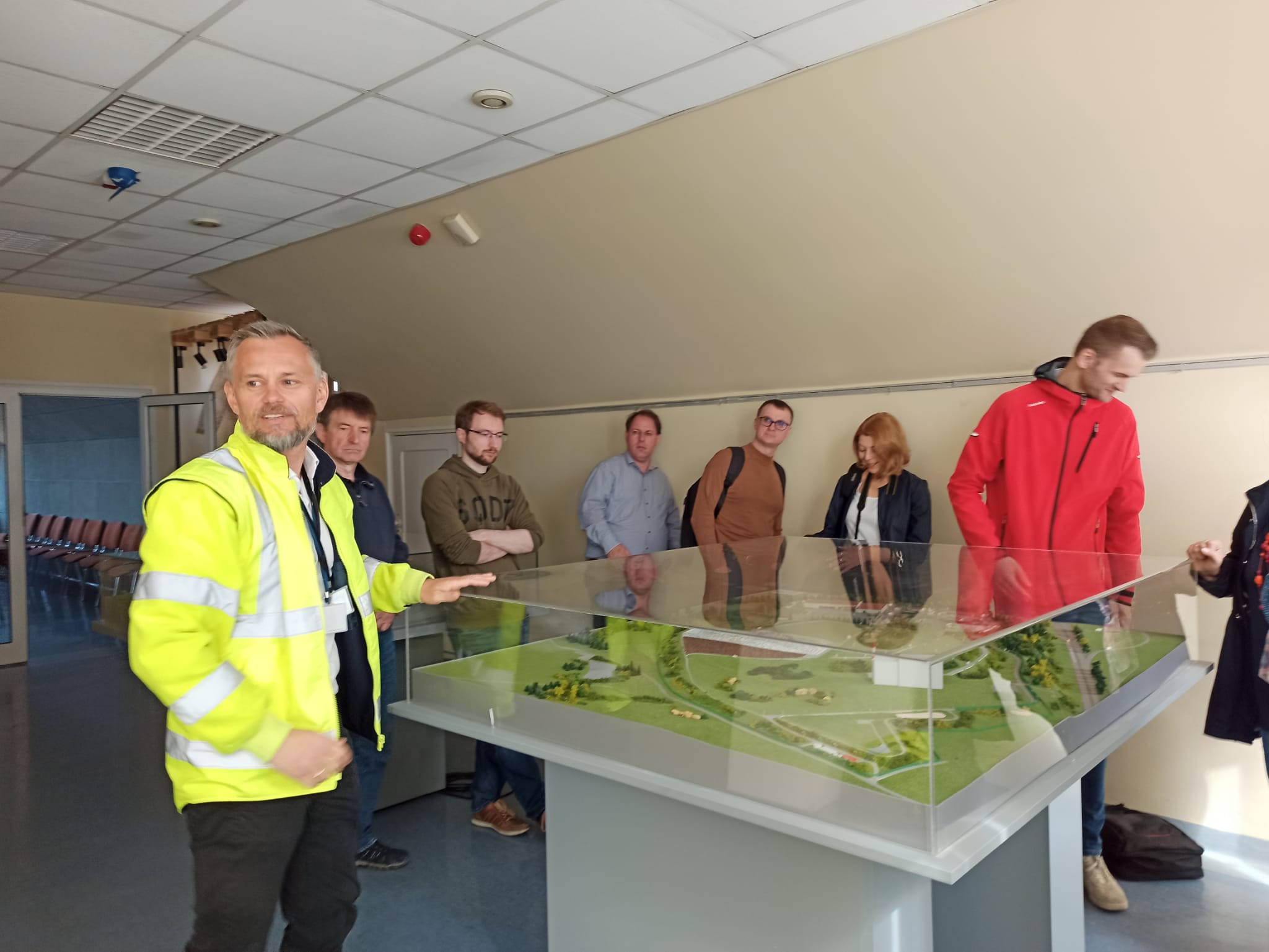
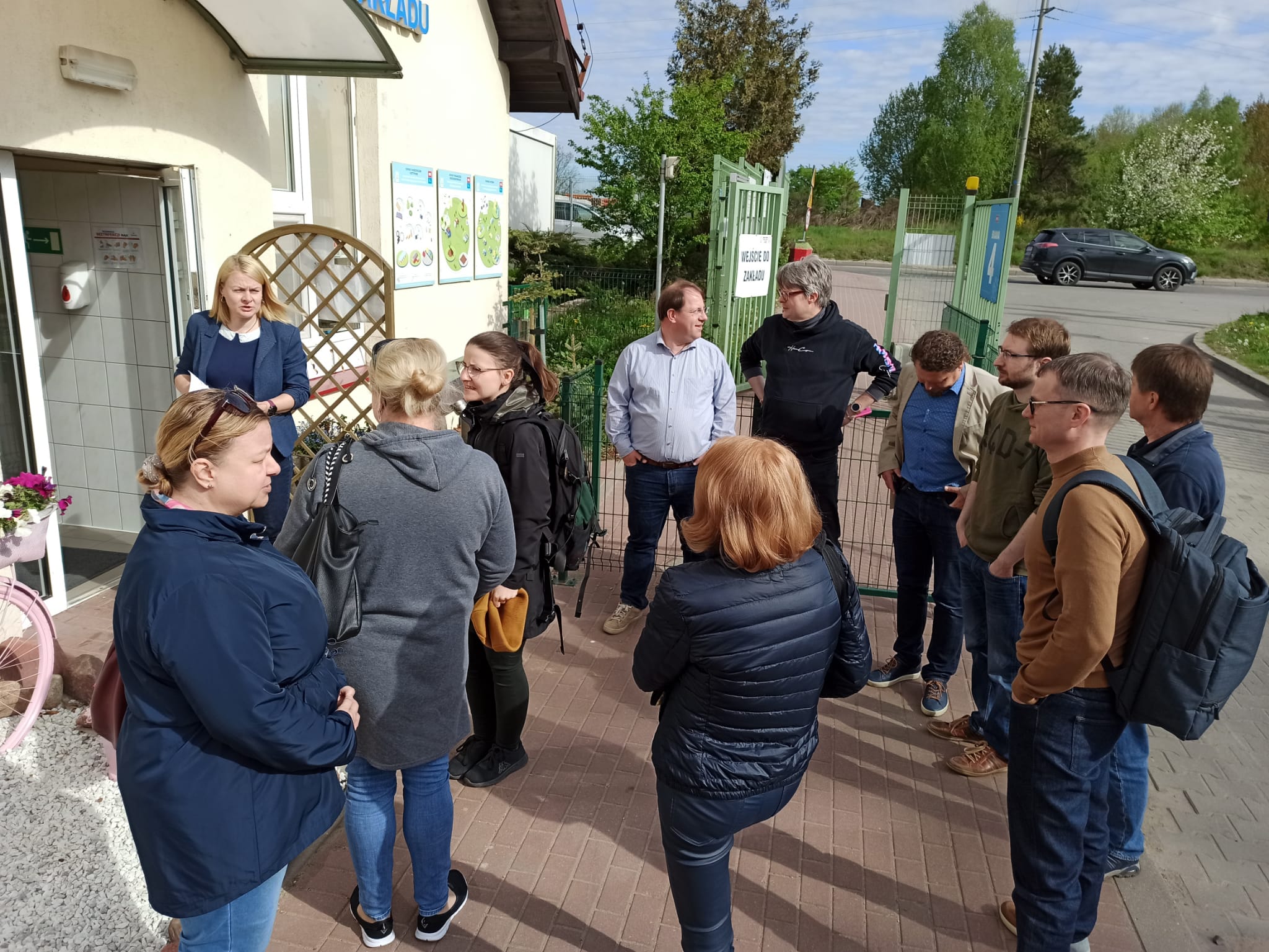
All photos show the partners of the Liquid Energy project from Poland, Lithuania and Estonia during a visit to the Waste Treatment Utility Gdańsk. They are guided by their president, Grzegorz Orzeszko, who presents the degassing system of a landfill.
The plans of the fuel companies related to the development of LNG infrastructure indicate that there is a future ahead of this fuel. The president of Waste Treatment Utility has no doubts about it.
– There are more and more LNG refueling stations, more and more trucks are powered by LNG- said Grzegorz Orzeszko. – This shows that despite the lack of dedicated support for LNG, the market is striving to develop this energy carrier, which is in many cases a cheaper solution than conventional fuels.
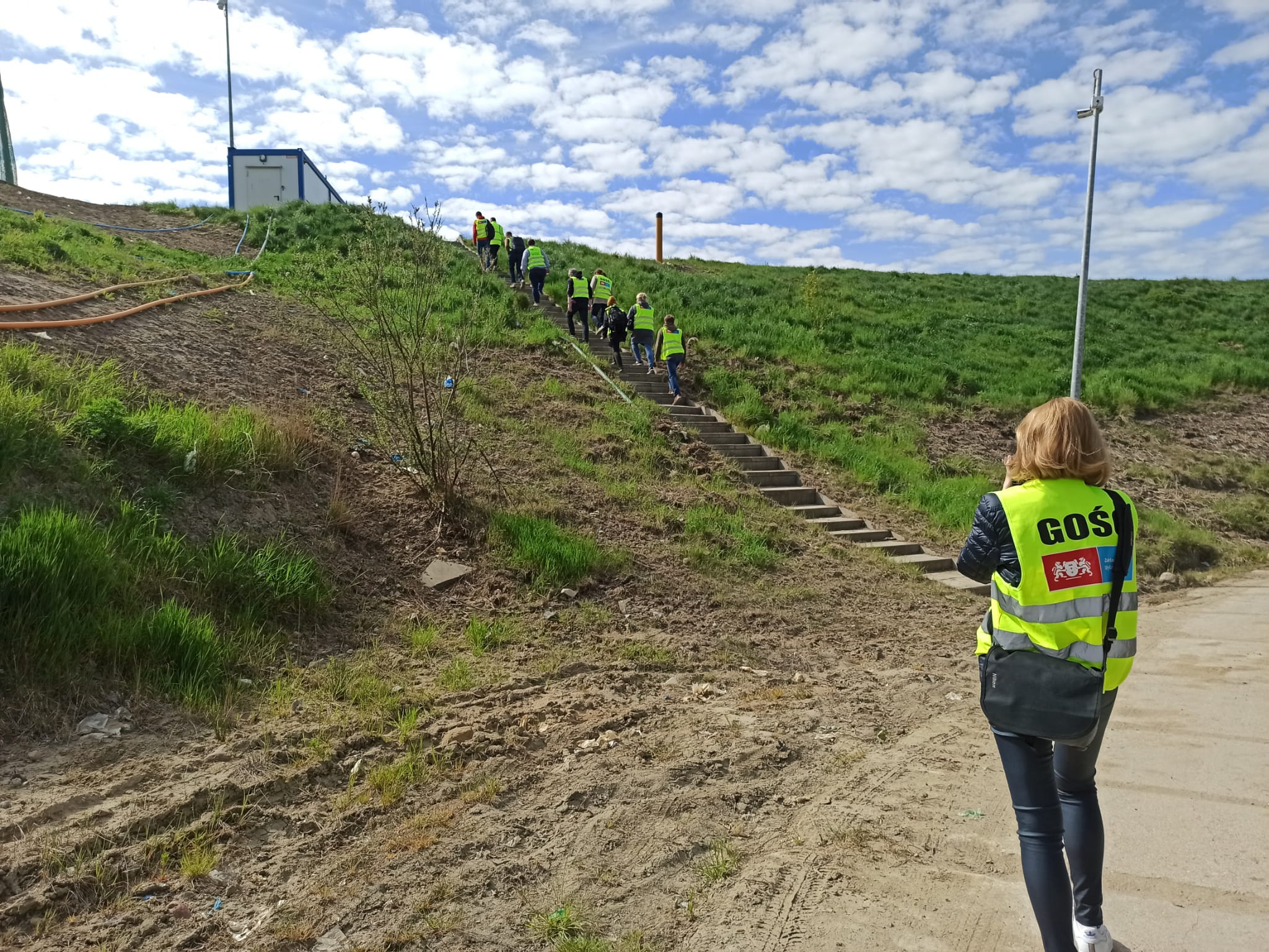
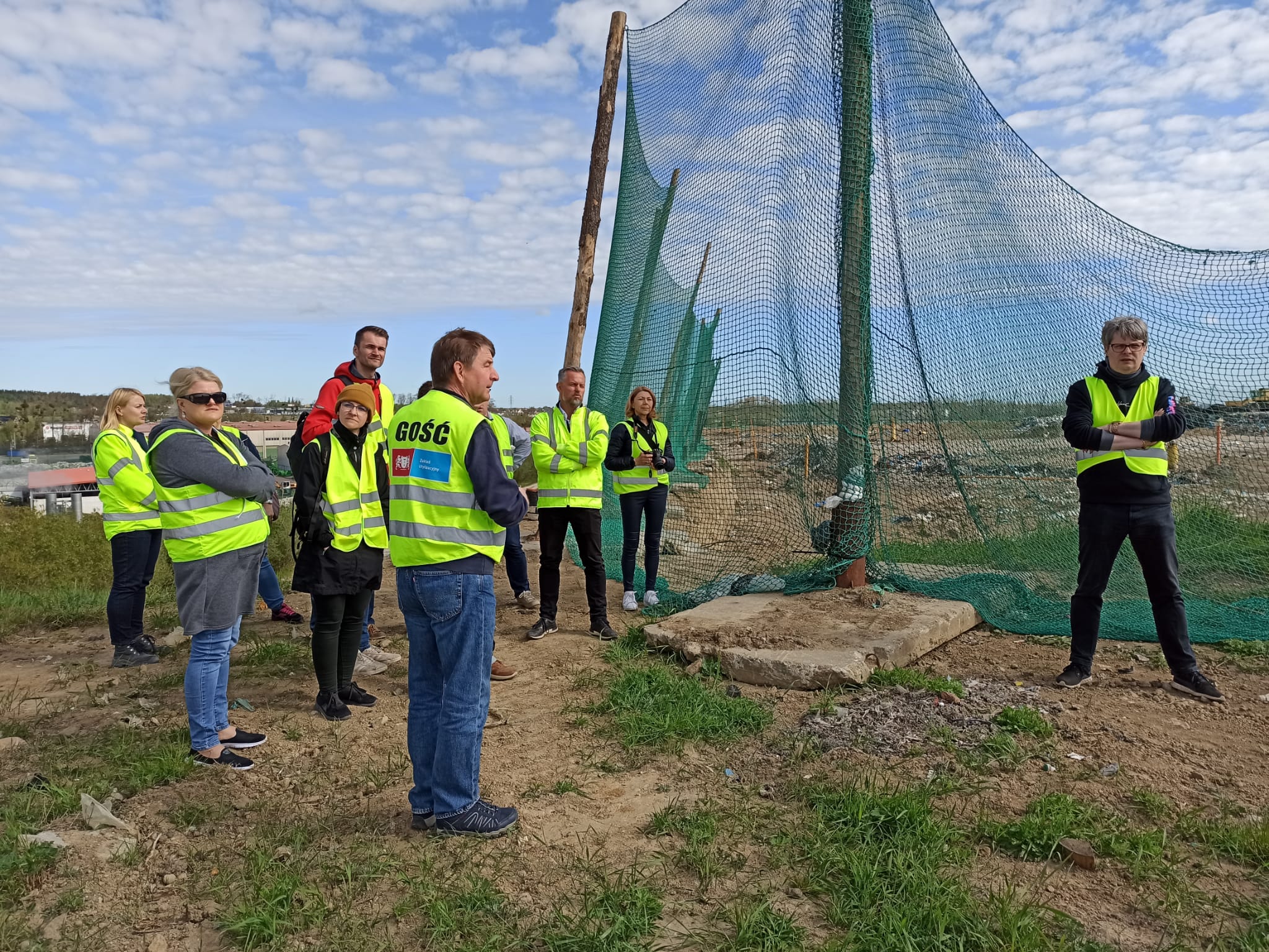
All photos show the partners of the Liquid Energy project from Poland, Lithuania and Estonia during a visit to the Waste Treatment Utility Gdańsk. They are guided by their president, Grzegorz Orzeszko, who presents the degassing system of a landfill.
MAGGS experts as part of the Liquid Energy project also conduct analyzes aimed at examining the possibilities of using LNG / bioLNG: as a backup source of energy supplying trolleybus networks (for the needs of the Trolleybus Transport Company in Gdynia), as ecological fuel for water trams (for the needs of Gdańsk Shipping Ltd),
Read more >>> HERE
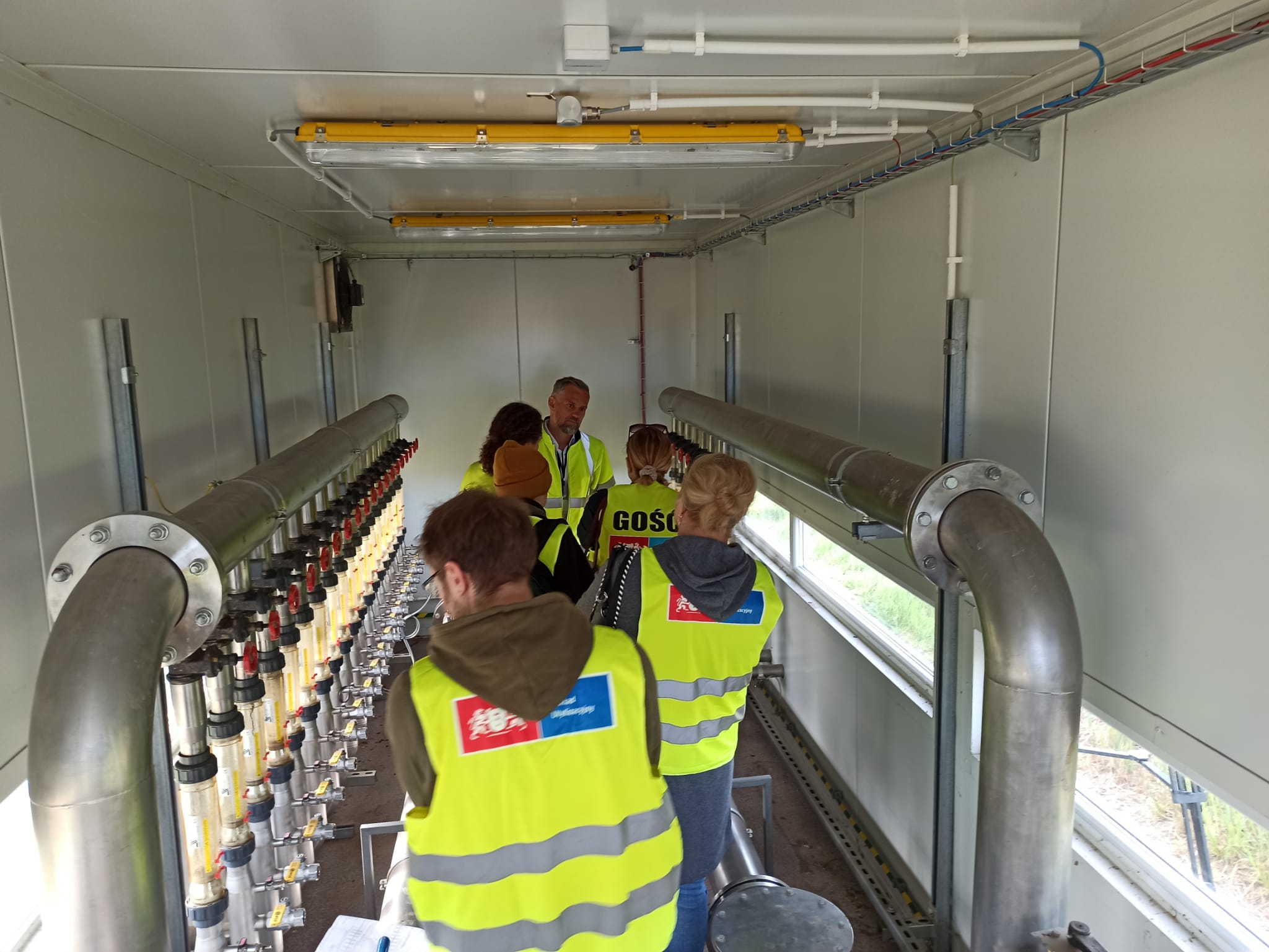
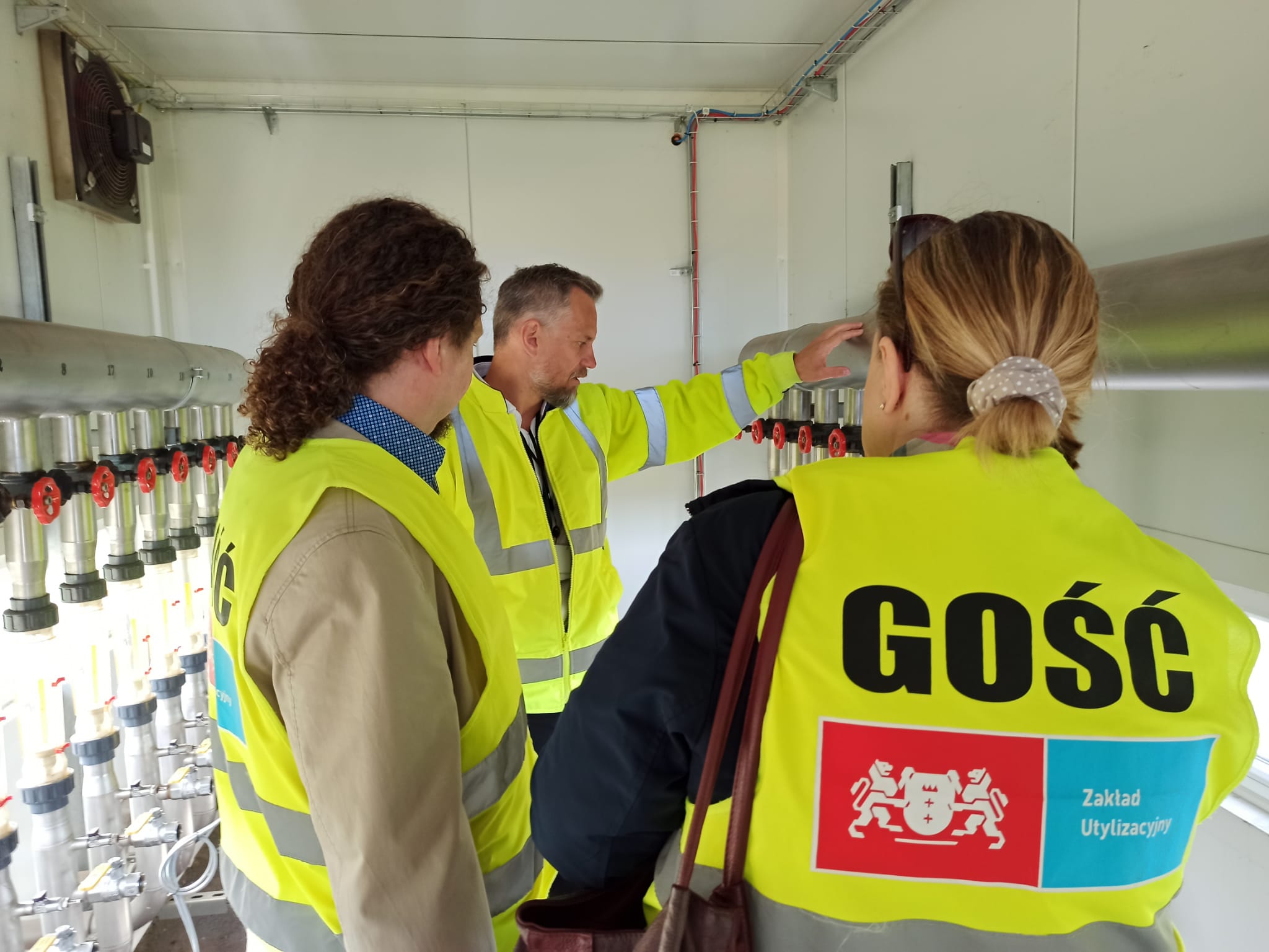
All photos show the partners of the Liquid Energy project from Poland, Lithuania and Estonia during a visit to the Waste Treatment Utility Gdańsk. They are guided by their president, Grzegorz Orzeszko, who presents the degassing system of a landfill.
As part of the Liquid Energy project, there are also prototype investments, including Tri-City and Szczecin.
Read more >>> HERE
See the report from the first day of the Liquid Energy study project visit >>> HERE

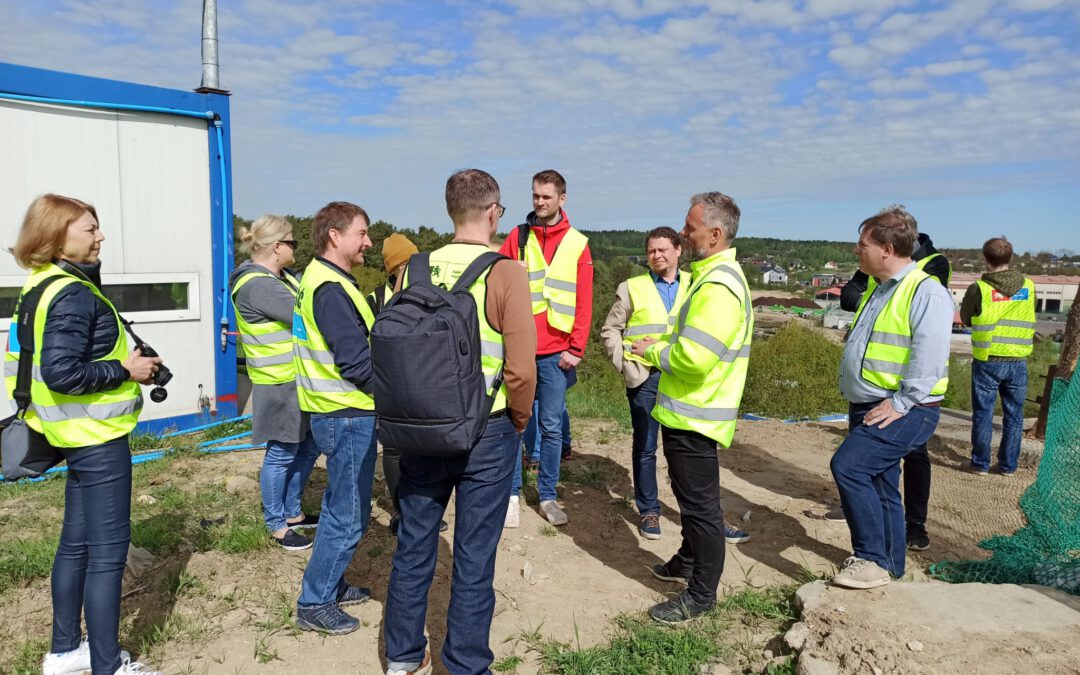

Recent Comments